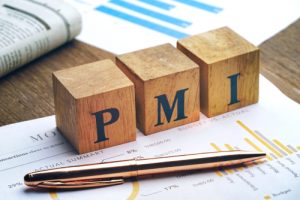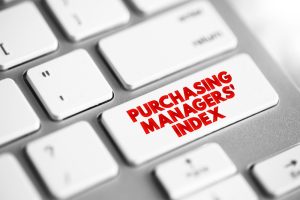The Purchasing Manager’s Index (PMI) edged above the neutral 50-point mark for the first time since May 2017. The index rose to 50.8 index points in February, up from 49.9 in January. This means that the average for the first two months of 2018 is slightly above 50, which bodes well for the manufacturing sector.
The increase in the headline index was driven by solid improvements in the business activity and new sales orders indices, which together account for more than half of the PMI’s weight.
The business activity index rose by another 2.1 points after a 9.3-point surge in the previous month. The index is now at the highest level since April 2016. The fact that the index came in well above the neutral 50-point mark during the first two months of 2018 bodes well for actual production growth in the first quarter of the year.
The new sales orders index rose by 2.3 points to reach 52.7 in February. The improvement in demand (some respondents pointed to stronger local demand) supported an acceleration in output growth, with the business activity index rising to 54.1 from 52.0 in January.
Unfortunately, the employment index remained subdued despite the apparent recovery in output. The index nudged lower to 45.3 points in February and has been hovering around 45 points for about ten months. The apparent recovery in output (as suggested by the increase in business activity) would have to be sustained for the employment index to increase going forward, noted BER.
Arguably, the most positive outcome of the February PMI survey was the index tracking expected business conditions in six months’ time, rising to the highest level since 2001. It surged to 79.1 points after solid increases in December and January, which means the index is now almost 30 points above November’s level. The sustained rise in optimism is likely supported by continued positive global growth prospects. More importantly, the outlook for the local economy has also improved over recent months. The fact that the PMI’s implied leading indicator is also above one, with new sales orders outstripping inventory levels, is another positive sign.
The purchasing price index fell sharply to 59.6 in February from January’s 70.4, and is now more than 20 points below the level reached as recently as November 2017. The moderation in cost pressure is driven by the (on average) stronger rand exchange rate and lower Brent crude oil price. The stronger rand means that imported raw materials and intermediate products are cheaper in rand terms. However, over the longer run, this could hurt local exporters’ competitiveness in global markets.


























